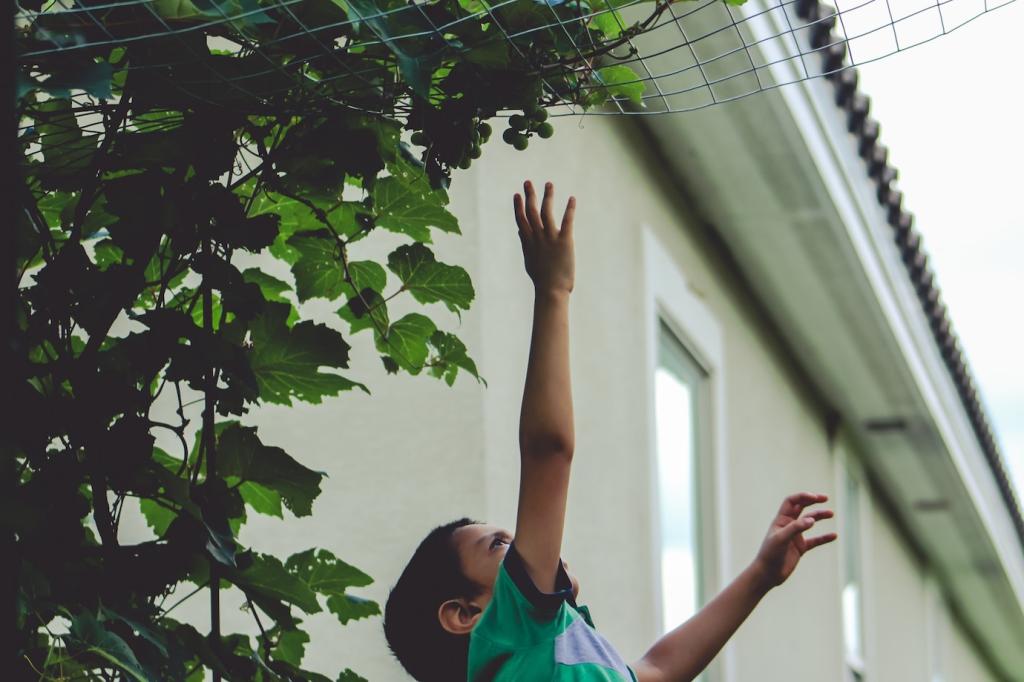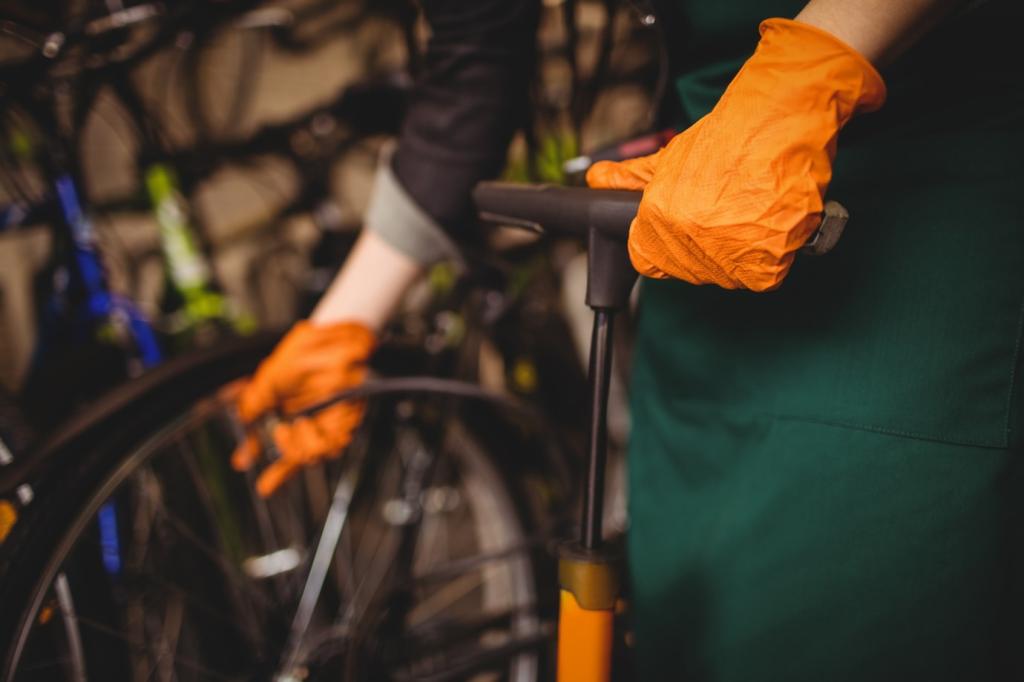Naturally Fresh Upholstery: Gentle Tips Using Everyday Ingredients








A Natural Stain-Removal Playbook
Blot immediately with a white cloth. Apply cool club soda or a 1:3 mix of white vinegar to distilled water, dabbing gently. Rinse by blotting with plain distilled water and press dry with a towel. Tell us if club soda or diluted vinegar worked better on your fabric.
A Natural Stain-Removal Playbook
Sprinkle cornstarch or arrowroot powder generously and let it sit for at least one hour—overnight for older stains. Brush away and follow with airy castile soap foam, then blot with distilled water. Comment with before-and-after details to help readers perfect their timing.
Odors and Freshness, the Non-Toxic Way
Baking soda overnight treatment
On clean, dry fabric, sift an even layer of baking soda and leave it overnight for deep odor absorption. Vacuum thoroughly with a brush attachment the next day. If you try this on a musty cushion, report your results so we can celebrate those fresh starts together.
Charcoal, coffee, and citrus nearby
Place bowls of activated charcoal or fresh coffee grounds near—not on—upholstery to pull odors from the room. Set citrus peels on a tray nearby for a bright scent, replacing them as they dry. Share which subtle scent set your living room’s tone best.
DIY fabric refresher mist
Combine one cup distilled water with one tablespoon plain vodka and, optionally, a teaspoon of rose or lavender hydrosol. Lightly mist above fabric and let it settle; never soak. Test first. Post your favorite gentle blend so others can recreate your airy finish.
Leather and Faux Leather, Gently
Start with a dry microfiber cloth to lift grit. If needed, wipe with a cloth barely dampened in distilled water with a drop of mild castile soap, then buff dry. Keep seams dry. Tell us how often you condition to keep that comfortable, lived-in sheen.


Leather and Faux Leather, Gently
Melt a mix of beeswax with a little jojoba and cocoa butter, cool, then apply a whisper-thin layer to a test spot. Buff well. Avoid olive oil, which can go sticky. If you craft your own balm, share your precise ratios and results for community feedback.
Vacuum seams, deodorize with baking soda, and blot-test any winter stains. Air out cushions near open windows, away from direct sun. Consider a gentle steamer pass with distilled water on W-rated fabrics only. Tell us what surprised you most during your spring reset.
Seasonal Deep-Clean Checklists


Stories and Small Wins from Real Homes
After hosting a game night, Maya sprinkled baking soda over her linen loveseat, waited overnight, then vacuumed and spot-treated with castile soap foam. The cushions felt lighter, the room smelled bright, and she swears the fabric looked newly lifted. Share your own post-party recovery.
Stories and Small Wins from Real Homes
Sam blotted immediately, then applied a 1:3 white vinegar to distilled water solution, covered with a light baking soda dusting, and let it fizz gently. After drying and vacuuming, the odor vanished. Pet parents, add your real-world timing tips to help others act fast.
Safety, Sustainability, and Smart Substitutions
01
Always blot, never rub, and work from outer edges inward. Use distilled water to avoid mineral rings. Keep vinegar away from delicate blends and stone floors underneath. If you’ve learned a ‘hard way’ lesson, share it so someone else can save their cushions.
02
Stock reusable microfiber cloths, a soft brush, baking soda, white vinegar, cornstarch, castile soap, charcoal, and a small steamer for W fabrics. Repurpose old cotton tees as lint-free cloths. Comment with your must-haves, and subscribe for printable checklists and recipes.
03
Post your toughest stain story and what natural method worked. Ask questions, trade ingredient substitutions, and vote on which routine we should test next. Hit subscribe to receive fresh, seasonal tips for maintaining upholstery with natural ingredients—no harsh chemicals, just steady care.
